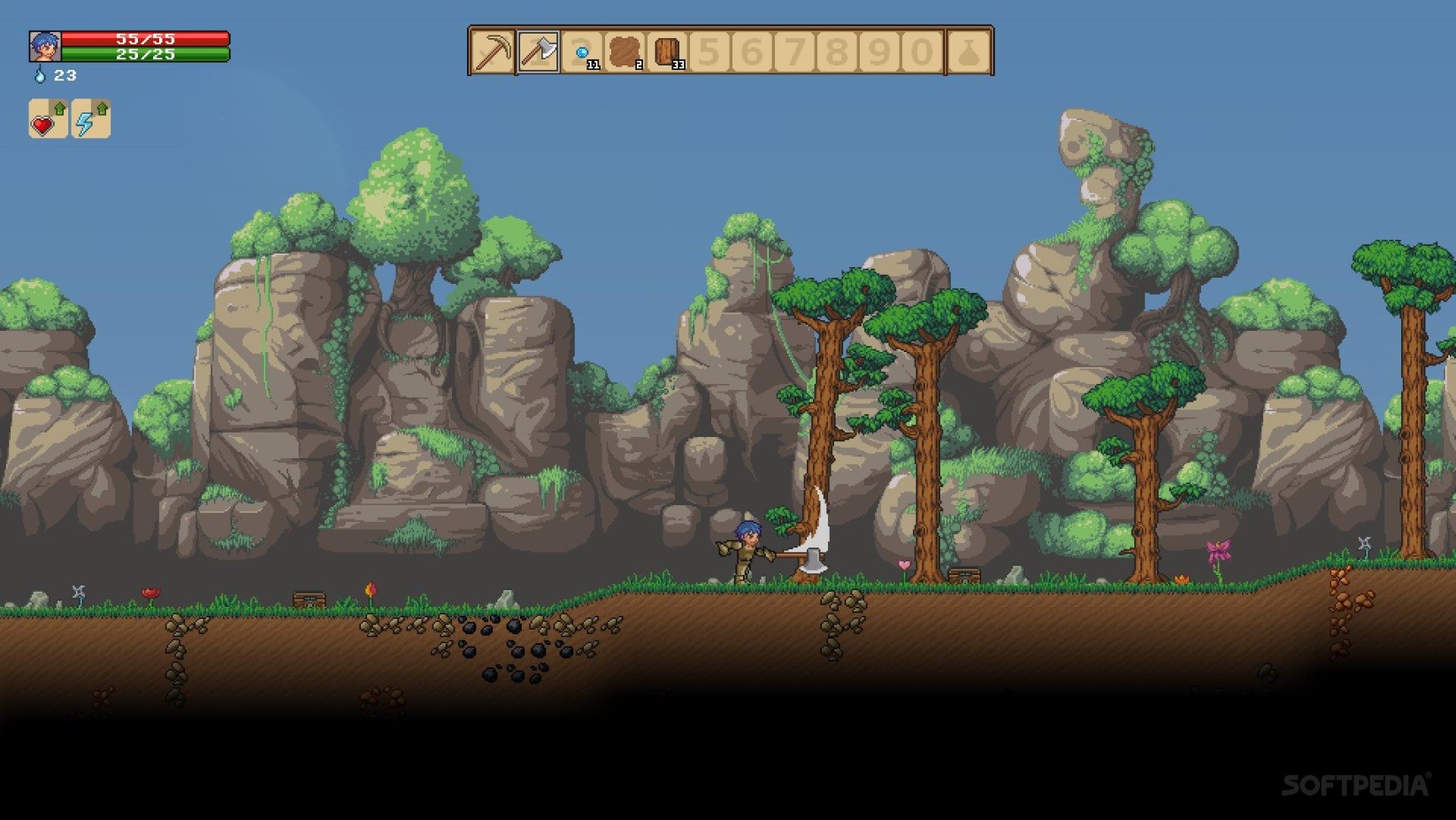

Thirty eclipses of the ultra-short period planet WASP-43 b.

The TRAPPIST survey of southern transiting planets. Life-sustaining planets in interstellar space? Nature 400, 32 (1999) 3D climate modelling of close-in land planets: circulation patterns, climate moist instability, and habitability. Habitable zones around main-sequence stars: new estimates. A resonant chain of four transiting, sub-Neptune planets. On the evolution of multiple protoplanets embedded in a protostellar disc. Habitable worlds with JWST: transit spectroscopy of the TRAPPIST-1 system? Mon. A combined transmission spectrum of the Earth-sized exoplanets TRAPPIST-1 b and c. Temperate Earth-sized planets transiting a nearby ultracool dwarf star. Moreover, the seven planets have equilibrium temperatures low enough to make possible the presence of liquid water on their surfaces 6, 7, 8. This architecture suggests that the planets formed farther from the star and migrated inwards 4, 5. The six inner planets form a near-resonant chain, such that their orbital periods (1.51, 2.42, 4.04, 6.06, 9.1 and 12.35 days) are near-ratios of small integers. Our observations reveal that at least seven planets with sizes and masses similar to those of Earth revolve around TRAPPIST-1. Here we report the results of a photometric monitoring campaign of that star from the ground and space. The transiting configuration of these planets, combined with the Jupiter-like size of their host star-named TRAPPIST-1-makes possible in-depth studies of their atmospheric properties with present-day and future astronomical facilities 1, 2, 3. Recently, three Earth-sized planets were detected that transit (that is, pass in front of) a star with a mass just eight per cent that of the Sun, located 12 parsecs away 1. We conclude that Proxima b is a viable candidate habitable planet.One aim of modern astronomy is to detect temperate, Earth-like exoplanets that are well suited for atmospheric characterization. The largest uncertainty in our work is the initial water budget, which is not constrained by planet formation models. Despite the high level of stellar activity we find that Proxima b is likely to have lost less than an Earth ocean’s worth of hydrogen (EO H) before it reached the HZ 100–200 Myr after its formation. We use our spectral energy distribution to compute the hydrogen loss from the planet with an improved energy-limited escape formalism. Next we consider the evolution of Proxima b’s water inventory. We also show that Proxima b’s obliquity is likely null and its spin is either synchronous or in a 3:2 spin-orbit resonance, depending on the planet’s eccentricity and level of triaxiality. We compute the time evolution of the star’s spectrum, which is essential for modeling the flux received over Proxima b’s lifetime. We set the stage by estimating the current high-energy irradiance of the planet and show that the planet currently receives 30 times more extreme-UV radiation than Earth and 250 times more X-rays. Here we investigate a number of factors related to the potential habitability of Proxima b and its ability to maintain liquid water on its surface. Proxima b is a planet with a minimum mass of 1.3 M ⊕ orbiting within the habitable zone (HZ) of Proxima Centauri, a very low-mass, active star and the Sun’s closest neighbor. Paris 06, CNRS, 4 place Jussieu, 75005 Paris, FranceĨ School of Physics and Astronomy, Queen Mary University of London, 327 Mile End Rd, London E1 4NS, UK Bataillon, 34095 Montpellier, Franceħ Laboratoire de Météorologie Dynamique, IPSL, Sorbonne Universités, UPMC Univ. Bordeaux, CNRS, B18N, allée Geoffroy Saint-Hilaire, 33615 Pessac, FranceĤ Institut für Astrophysik, Friedrich-Hund-Platz 1, 37077 Göttingen, Germanyĥ Department of Astrophysics and Planetary Science, Villanova University, Villanova, PA 19085, USAĦ LUPM, Université de Montpellier, CNRS, Place E. Guinan 5, Julien Morin 6, Martin Turbet 7, François Forget 7 and Guillem Anglada-Escudé 8ġ Institut de Ciències de l’Espai (IEEC-CSIC), C/Can Magrans, s/n, Campus UAB, 08193 Bellaterra, SpainĮ-mail: NaXys, Department of Mathematics, University of Namur, 8 rempart de la Vierge, 5000 Namur, Belgiumģ Laboratoire d’Astrophysique de Bordeaux, Univ. Ignasi Ribas 1, Emeline Bolmont 2, Franck Selsis 3, Ansgar Reiners 4, Jérémy Leconte 3, Sean N. Astronomical objects: linking to databases.Including author names using non-Roman alphabets.Suggested resources for more tips on language editing in the sciences Punctuation and style concerns regarding equations, figures, tables, and footnotes


 0 kommentar(er)
0 kommentar(er)
